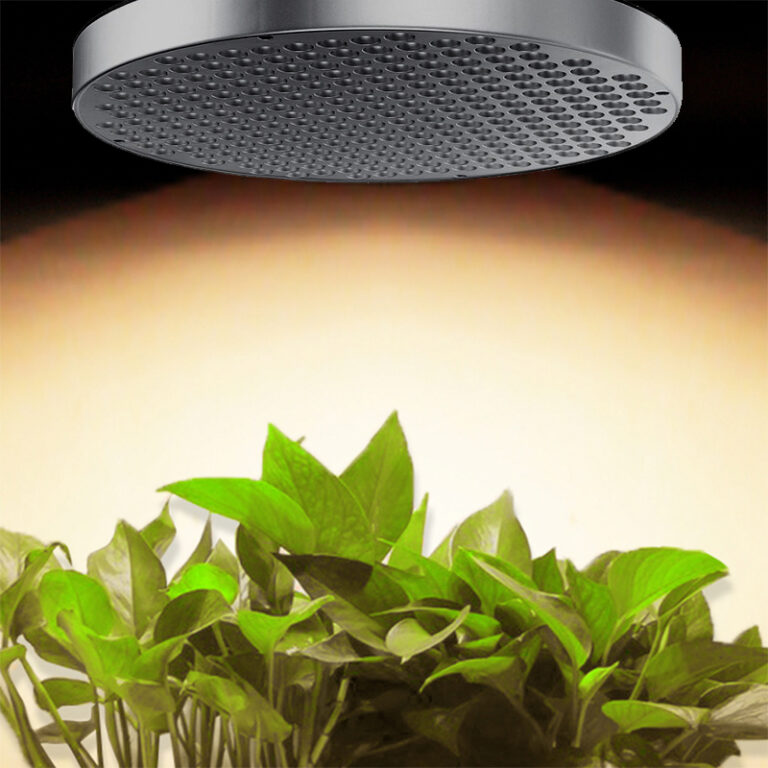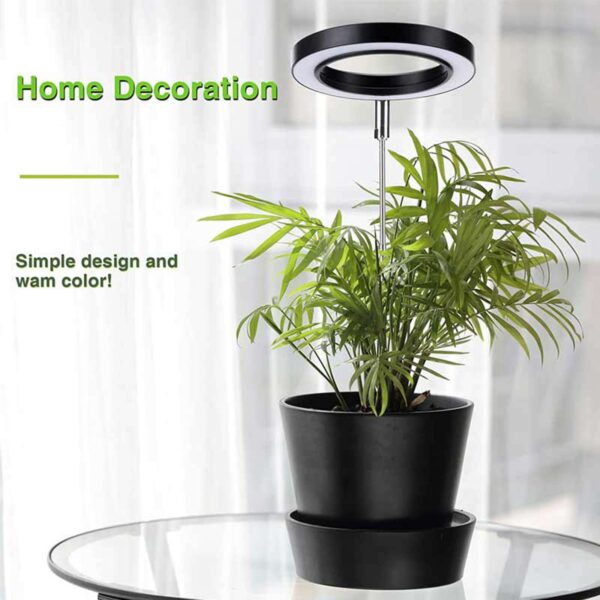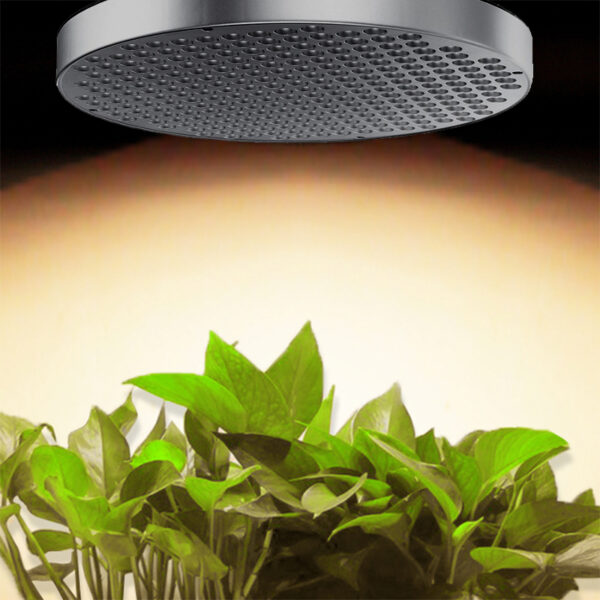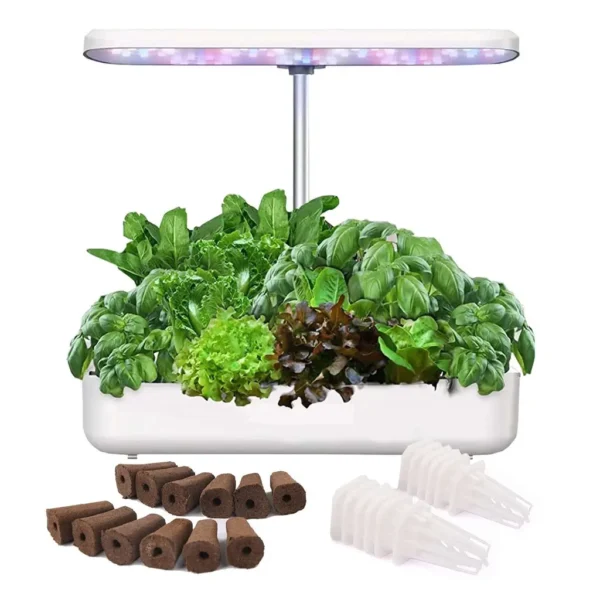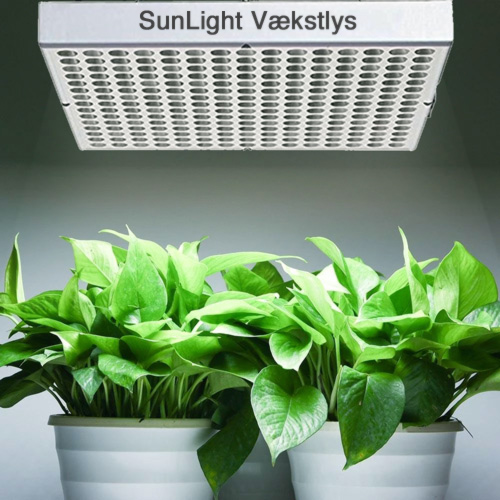Grow light for plants has become an essential part of modern horticulture, especially for those who grow plants indoors or in areas with limited natural light.
How long should these lights be switched on for optimal growth?
In short, grow lights should be on between 12-16 hours a day, but this varies greatly based on the type of plant and its growth phase.
Read on to understand the depth of this topic and learn more.
Table of contents
ToggleWhat is glow light?
Vækstlys, også kaldet LED grow light, er designet til at efterligne sollysets naturlige spektrum. Disse lyskilder refererer ofte til grow light pærer eller lamper, der fokuserer på de blå, grønne, røde og NIR bølgelængder, som planterne har mest brug for.
The human eye primarily sees light in the visible spectrum, in addition, plants need a broader spectrum ranging from blue to red to infrared (full spectrum light).
This spectrum, known as the PAR spectrum, and it is all crucial to photosynthesis and the overall health of plants.
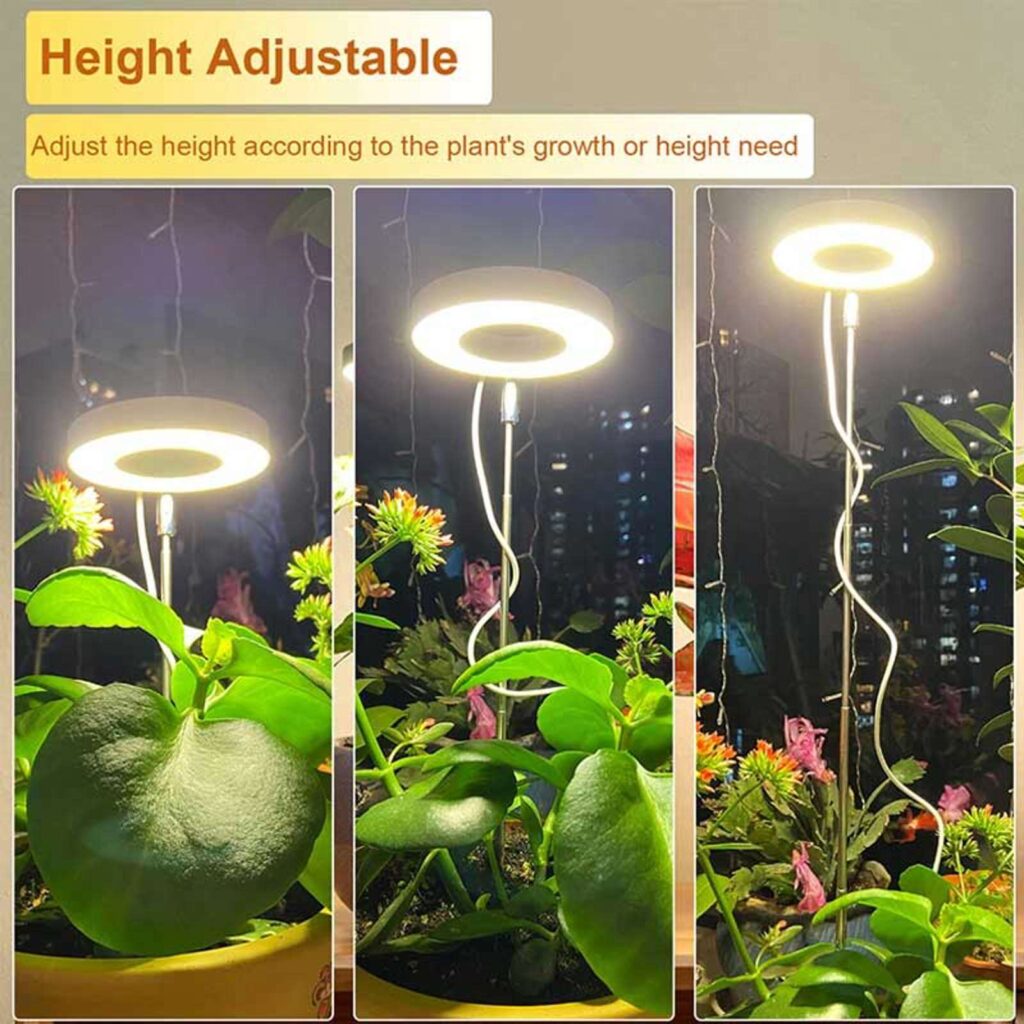
The natural light cycle of plants
In nature, plants follow a natural light cycle based on the rising and setting of the sun.
It gives them a balance between light and dark, which is essential for their health.
When using grow lights, especially LED grow lights, it's important to mimic the natural cycle as closely as possible.
This means that the plants also need a "night" period where the lights are switched off so they can rest.
In professional nurseries, they push the plants' night rest to less than a few hours, which is fine for growing plants quickly. However, this minimal night rest for plants is less suitable for home cultivation, where all environmental factors are not optimal.
When growing at home or as a hobby gardener, it's better to give plants a night rest of around 6-8 hours per day.
Light requirements based on the plant's growth phase
Germination phase
During the germination phase, plants require less brightness but also a longer growth period, which means that grow lights should be switched on for longer periods, often up to 16 hours.
The light during this period should be more blue-white in this phase.
However, this is not a requirement as most plant sprouts will grow quite well under full spectrum light.
The growth phase
As plants enter the growth phase, their needs shift to more red light (especially 660nm red and Infrared 730nm).
This can be achieved with specific grow light bulbs or by adjusting the settings on an LED grow light.
In this phase, the light can be reduced to around 10-14 hours.
Flowering and fruiting phase
In the flowering and fruiting phase, the light period should be even shorter (simulate a coming autumn), on the other hand, the brightness should be increased accordingly to support the plants' increased energy consumption for fruiting.
-
- Sale!
Round glow light with base Black 5.5Watt & timer
-
kr. 247,00Original price was: kr. 247,00.kr. 197,00Current price is: kr. 197,00. - Add to basket
Item no.: 26083 -
- Sale!
Grow light LED round pendant full spectrum white light
-
kr. 425,00Original price was: kr. 425,00.kr. 297,00Current price is: kr. 297,00. - Add to basket
Item no.: 26075 -
Smart Garden system with full-spectrum grow light 36W LED
- kr. 1.100,00
- Add to basket
Item no.: 28017 -
- Sale!
Grow light LED pendant light 60° full spectrum white light SL250W
-
kr. 425,00Original price was: kr. 425,00.kr. 399,00Current price is: kr. 399,00. - Add to basket
Item no.: 26030
Different plant types and their light needs
Not all plants are created equal. Some who Monstera, kræver mindre lys, mens andre, som tomatoes, requires much more. When choosing grow lights for plants, it is important to consider the specific needs of the plant.
To find the specific light needs of your plants, we have a few articles that tell you how to find your plant's needs:
Potential risks of too much light
While it may be tempting to leave your grow lights on 24/7, too much light can actually harm your plants. Symptoms of light stress can include discolored leaves, slow growth or even burns. It is important to monitor your plants closely and adjust the amount of light as needed.
For example, you can install a light meter APP that can measure PAR brightness, which is also called PPFD, it should be within your plant's desired brightness range (See our article).
See also our article on plants' daily light needs (a bit technical):
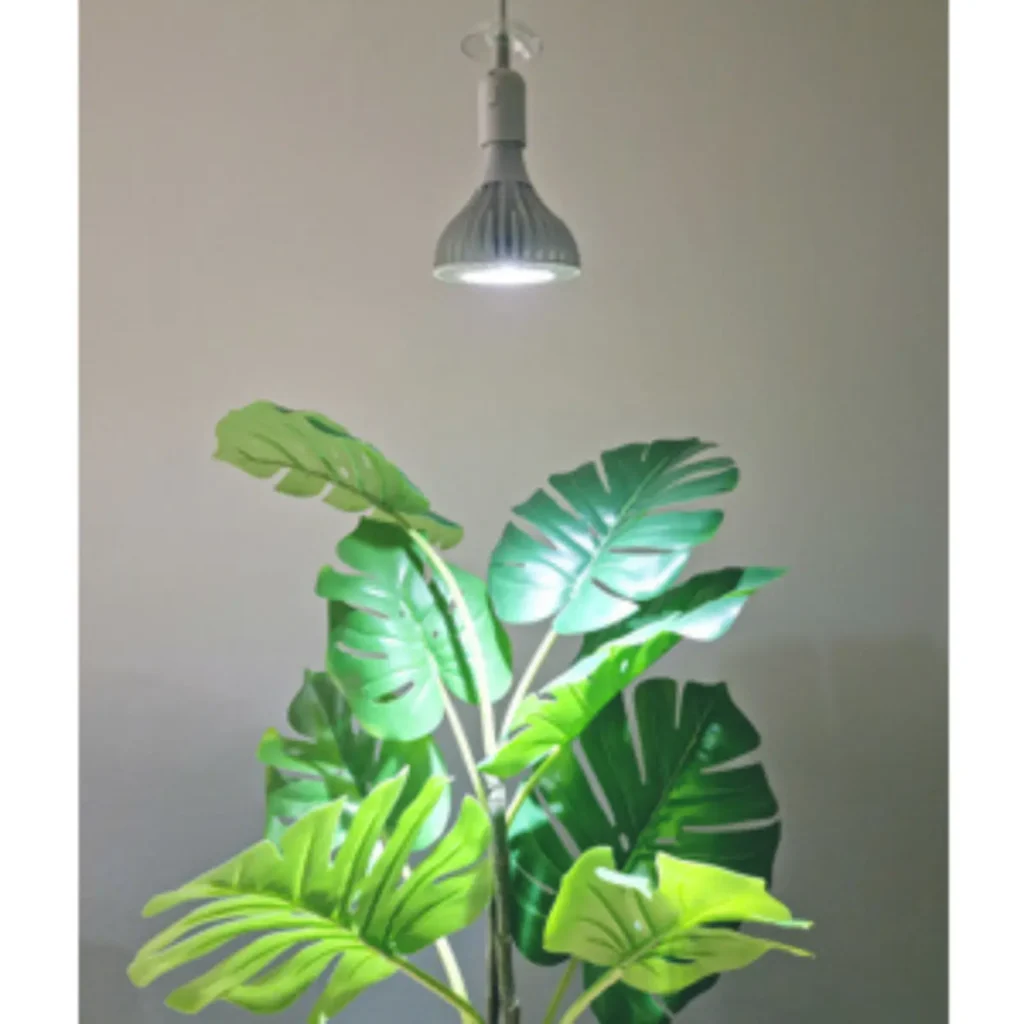
Practical tips for using grow lights
When you want to choose the best led grow light for your plants, you have to consider several factors.
First, how big is your growing area?
This will determine how powerful a light you need.
Second, what type of plants are you growing?
Different plants have different light needs.
Finally, consider investing in a timer for your light so that it automatically turns on and off, ensuring your plants get the right amount of light each day.
If you are in a quandary about which size light to choose, choose a lamp that can be adjusted in brightness, preferably a little more powerful than you think, as it can always be turned down to the desired brightness via dimming.
Closing
To ensure optimal growth and health for your plants, it is critical to understand the importance of proper lighting, especially when using artificial light.
How long the light should be on depends on the type of plant and its growth phase. In general, grow lights should be on between 12-16 hours per day, but it is important to adjust the light cycle based on the specific needs of the plant.
Overexposure can lead to light stress, while insufficient lighting can stunt growth. By choosing the right grow light, and by monitoring your plants closely, you can create the ideal environment for them to thrive in.
And if you need help, you are always welcome to contact us at Plantelys for good advice and guidance.
FAQ - Frequently asked questions
To use grow lights correctly, you need to place the light at the correct distance from the plants, turn it on for the recommended amount of time (typically 12-16 hours daily), and choose the right light intensity and spectrum based on the plant's growth phase. Monitor the plants' response and adjust as necessary
Yes, LED lights can be effectively used for plant cultivation as they can offer a wide spectrum of light, which is essential for plant growth and development. They are energy efficient and emit minimal heat, making them ideal for indoor gardening.
Grolys mimic the spectrum of sunlight to promote photosynthesis and support plant growth in indoor environments. They provide the necessary light intensity and colour spectrum that plants require to grow and develop healthily, even without natural sunlight.
The best light for plants is a full spectrum light that mimics natural sunlight and includes both blue and red wavelengths. Blue light promotes leaf development, while red light supports flowering and fruiting, making full spectrum LED lights ideal for plant growth.


